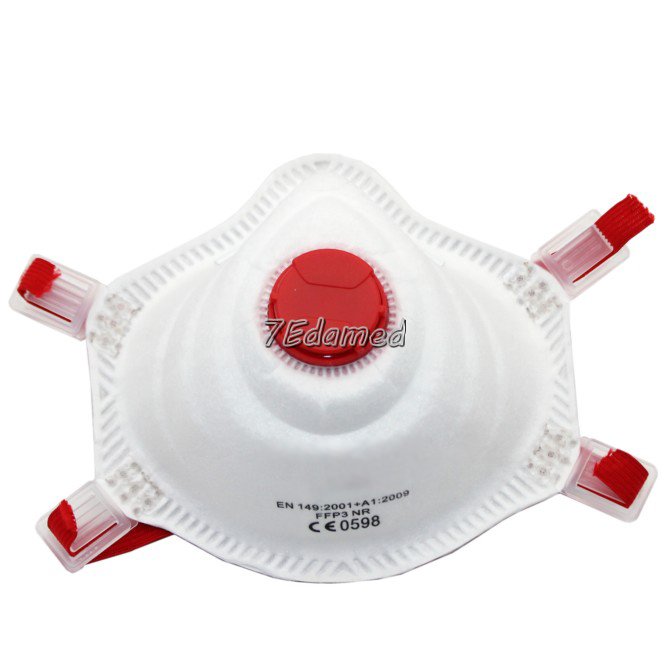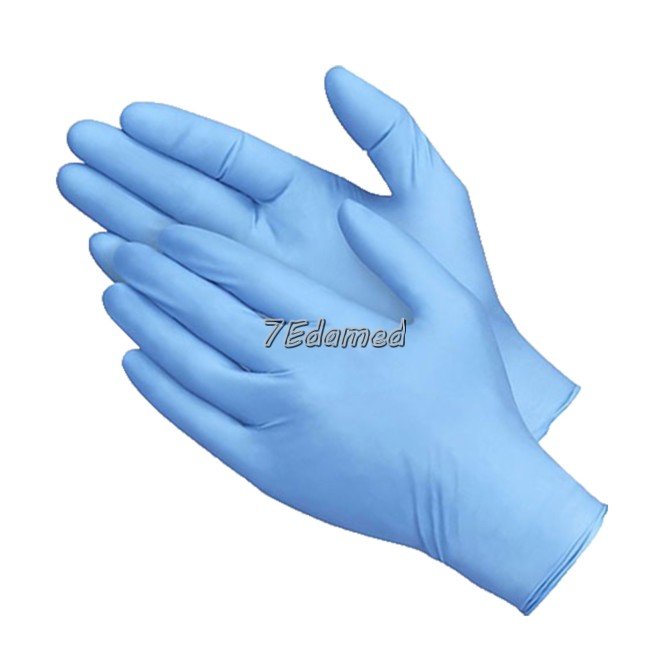personal protective equipment
The personal protection produced by TEDA covers the entire personal protection product, including face masks,isolation gowns, surgical gowns, strip caps, shoe covers, PE gloves, nitrile gloves, protection goggle, face shield.
What does PPE stand for in medical terms
catalogue
The concept of personal protective equipment
PPE is the abbreviation of personal protective equipment in medical terms
Personal protective equipment (PPE) is a variety of barriers used to protect medical personnel from exposure to infectious agents
Including face masks, protective goggles, protective face shield, waterproof apron, isolation gown, protective suit, etc.
Hierarchical protection of medical staff
General protection
Object: It is suitable for medical staff engaged in diagnosis and treatment in infectious disease area of hospital, outside of fever outpatient and emergency
Protective equipment: wear work clothes, work cap and medical mask when working

hand washing and disinfection
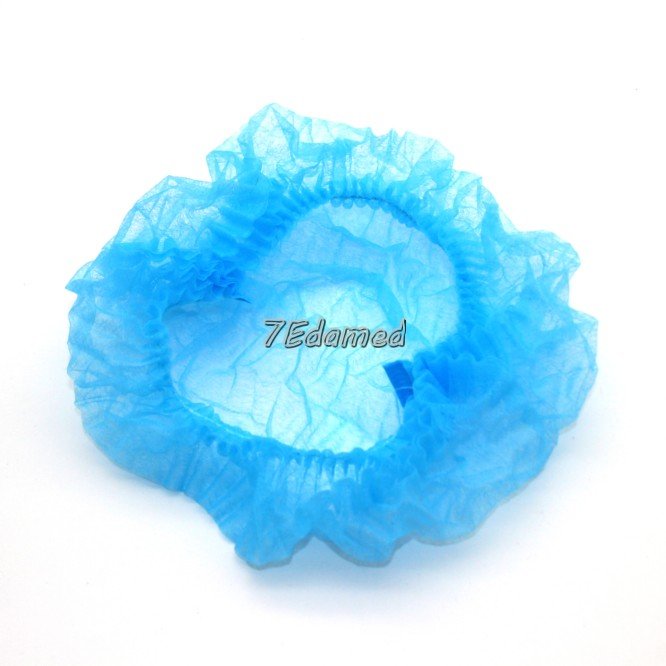
wear work cap
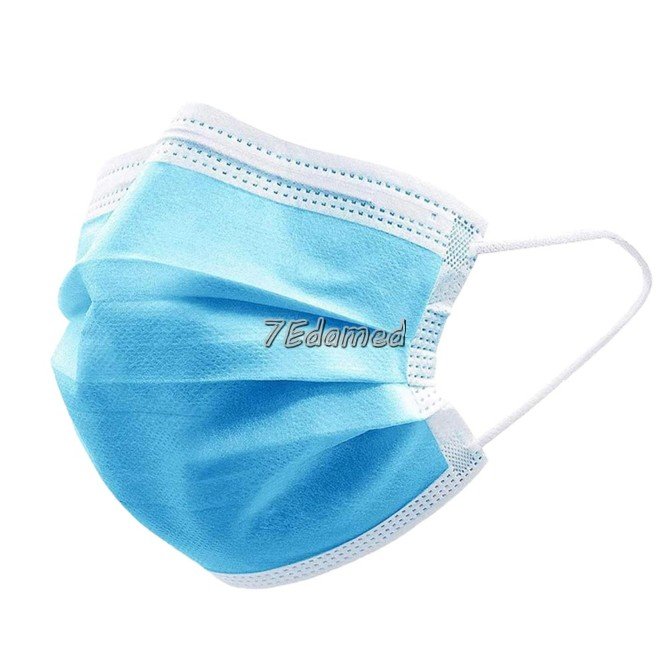
wear medical mask

hand washing and disinfection

Wear work clothes
Primary protection
Object: It is suitable for primary screening clinic and medical staff who send hot (urgent) treatment.
Protective equipment:When working, they should wear work clothes, isolation gown, work caps and protective masks, and latex gloves when necessary.

hand washing and disinfection

wear work cap

wear medical mask
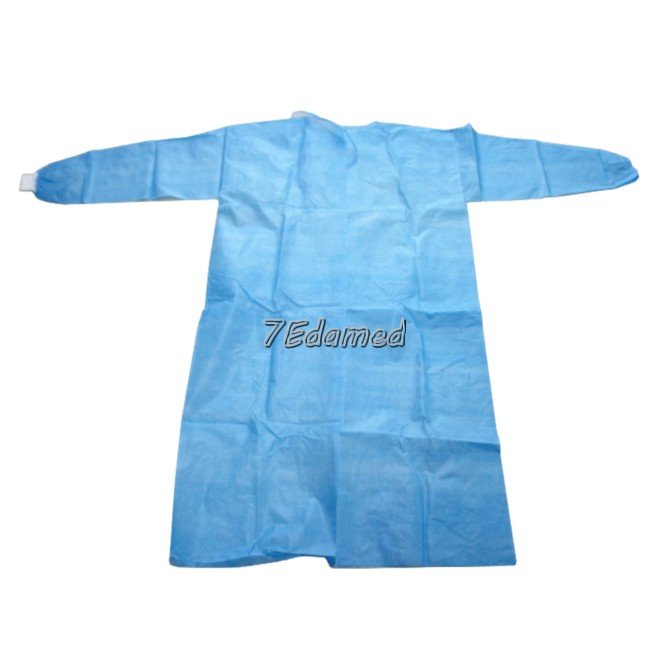
wear Surgical Gown
Secondary protection
Object: It is suitable for medical staff entering the fever observation room, special ward, contacting the specimens collected from the patient, handling their secretions, excrement, used items and the corpse of the dead patient, medical staff and drivers who transfer the patient .
Protective equipment:Medical staff must wear protective masks, work clothes, protective clothing or gowns, shoe covers, protective goggles, gloves, and work caps

hand washing and disinfection

wear work cap

wear medical mask

wear protective suit
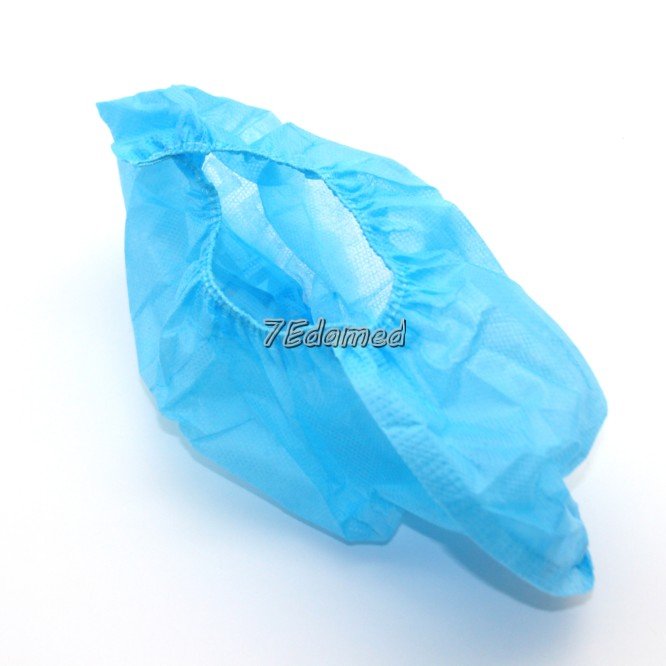
wear shoe covers
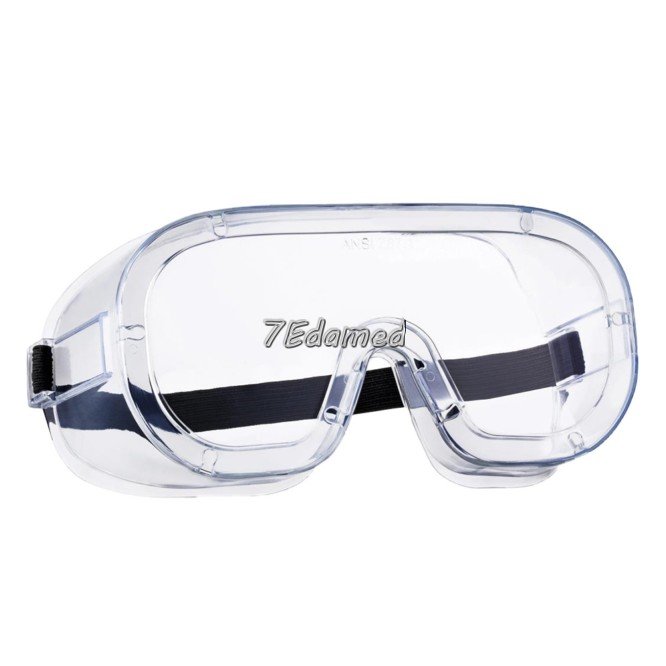
wear goggles
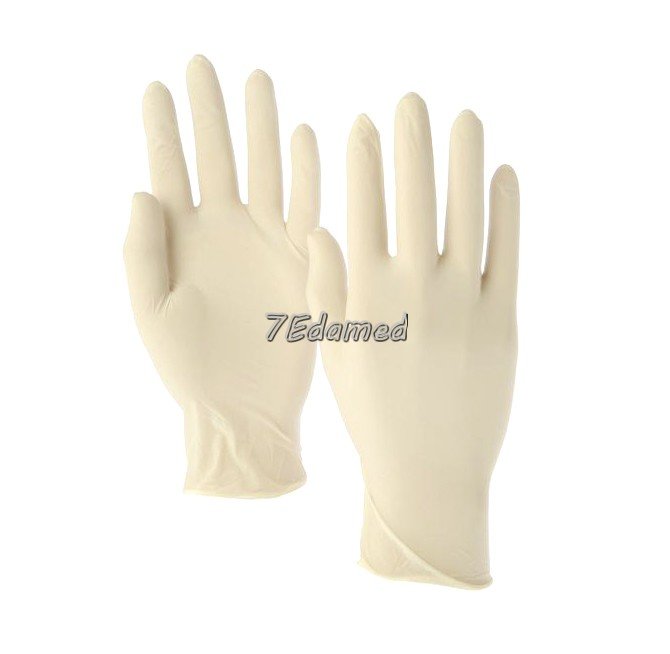
wear surgical gloves
Three levels of protection
Object: It is suitable for medical staff who perform sputum suction, tracheal intubation and tracheotomy for patients.
Protective equipment:In addition to secondary protection, a protective face shield or full-face respirator should also be worn.

hand washing and disinfection

wear work cap

wear medical mask

wear protective suit

wear full-face respirator

wear shoe covers

wear protective goggles

wear surgical gloves
How to choose different types of masks
gauze masks
Gauze masks are suitable for general diagnosis and treatment activities
The protective effect on pathogenic microorganisms is not exact, and it can be used for one-time hygiene care in ordinary environments, or to block or protect particles other than pathogenic microorganisms such as pollen.

surgical masks
Surgical masks are suitable for working in the operating room or caring for patients with low immune function, performing body cavity punctures and other operations
It is suitable for the basic protection of medical staff or related personnel, and the protection to prevent the spread of blood, body fluids, and splashes during invasive operations

medical protective masks (n95)
Medical protective masks (N95) is suitable for contact with patients with respiratory infections spread through the air or through close contact with droplets
When contacting patients with respiratory infections that are transmitted through the air or through close contact with droplets

*The N95 mask is one of the 9 anti-particulate masks certified by NIOSH (National Institute of Occupational Safety and Health). “N” means unsuitable for oily particles (the fume produced by cooking is oily particles, and the droplets produced by people talking or coughing are not oily); “95” means that under the testing conditions specified by the NIOSH standard, filter The efficiency reaches 95%, N95 is not a specific product name. As long as it meets the N95 standard and passes the NIOSH review, the product can be called “N95 mask”
Procedures for wearing protective equipment
- The clean area enters the potentially polluted area: wash hands + wear a hat → wear a medical protective mask → wear work clothes → after changing work shoes → enter the potentially polluted area. Wear latex gloves if the hand skin is broken.
- Potentially contaminated area enters the contaminated area: wear isolation gown or protective suit→wear protective goggles/protective face shield →wear gloves→wear shoe covers→enter the contaminated area.
- Perform sputum suction, tracheotomy, tracheal intubation and other operations for the patient. Before diagnosis and treatment, which may be splashed by the patient’s secretions and internal substances, you should wear a protective face shield or a full-scale respirator.

Sequence of wearing protective equipment
wear work cap
- Finish the bun with the long hair behind the head and comb upwards with the bangs
- Put the hat on the head from the front of the forehead to the back of the head, try not to let the hair leak out
wear face mask
- Wash your hands with running water and soap in seven steps
- Hold the exposed face of the mask with your left hand, and gently pull the rubber band of the mask with your right hand to check its fixity, and at the same time, loosen the rubber band for easy wearing
- Wear a mask, hold the mask in one hand, buckle it on the appropriate part of the face, and wear the mask strap on the appropriate part with the other hand
- Place both hands on the nose clip, and at the same time, evenly press the nose clip with a little force to make the nose clip fit the bridge of the nose. During this process, the hands do not touch any part of the face.
- Completely cover the protective mask with both hands and exhale quickly. If there is air leakage near the nose clip, place the tips of your fingers on the metal nose clip, starting from the middle position, press the nose clip with your fingers, and move and press to both sides respectively, and shape and adjust the nose clip according to the shape of the nose bridge; If the air leak is located around, it should be adjusted until there is no air leak.
*Never wear a mask in a space where the virus may be present, try to wear a mask before entering the indoor space
Never press the mask with your hands. Including N95 masks, they can only isolate the virus on the surface of the mask. If you squeeze the mask with your hands, the virus droplets will soak the mask and you have a chance to get the virus.
You must try to make the mask fit the face well
wear protective suit
- After opening the protective suit, pull the zipper to a suitable position
- While holding the left and right cuffs with your left and right hands, grasp the zipper opening at the waist of the protective suit
- Put on the lower limbs first, then the upper limbs, then add a zipper to the chest, and then buckle the protective cap to the head, fully close the zipper, and seal the zipper opening
wear protective goggles/protective Face shield
- Put the protective goggles/protective face shield on the right part of the eye to adjust the comfort.
* Protective Goggles, safety glasses to protect the eyes and the face shield needs to protect the entire facial skin
Wear rubber shoes
- For the convenience of wearing, after putting on the shoe cover, put the trousers into the socks or shoe cover
- After putting on the rubber shoes, cover the trousers of the protective clothing on the outside of the rubber shoes
Wear gloves
- Put on disposable latex gloves first, then fold the gloves partly, then slightly pull the cuffs of the protective clothing to the palm of your hand and fix them, and put the folded part of the gloves tightly on the cuffs of the protective clothing
- With the second layer of reinforced protective gloves
Procedures for removing protective equipment
- Before medical personnel leave the contaminated area and enter the potentially contaminated area, take off their gloves and disinfect their hands → take off the protective goggles/protective face shield → take off the surgical gown or protective suit → take off shoe covers → wash hands, and/or hand disinfection → enter the potentially contaminated area and wash hands or call disinfection.
After use, the articles are placed in a dedicated dirt container. - Before entering the clean area from the potentially contaminated area: wash hands and/or hand disinfection → take off work clothes → remove medical protective masks → remove caps → after washing hands and/or hand disinfection, enter the cleaning area
- Leaving the clean area: leave the clean area as soon as bathing and changing clothes

Sequence of removing protective equipment
Remove the first layer of gloves
- Grasp the palm surface of the left glove with your right hand (sleeve), and take off the glove to half of the inner surface outwards (leave between the fingers)
- In the same way, completely pull out the inner surface of the right glove and put it into the dirt bag, and then touch the back of the left glove with the back of the left glove with the right hand.
Remove protective goggles/protective face shield
- Grasp the outer edge of the protective goggles and gently take off the protective goggles. To avoid scratching the mirror surface, put the protective goggles in the closed bag and then into the yellow garbage bag, taking care not to touch the face.
Remove protective suit
- Untie the sealing tape gently
- Unzip the zipper, take off the protective cap first, then take off the sleeves and grab the inner surface of the protective suit with both hands, and gently roll the inner surface of the protective suit to the ankle of the rubber shoes
Remove rubber shoes
- Take off the rubber shoes
- Wrap rubber shoes with protective suit, always face outwards, put them in a yellow garbage bag
Remove gloves and face mask
- Grasp the outside of the right wrist with your left hand and take off the inside of your right glove
- Hold the mask with your left hand, remove the two rubber bands of the mask with your right hand, and grasp the mask with your left hand
- Enter the inner surface of the left-hand glove with your right hand, take off the glove with the inner side facing out and wrap the mask in it, and put it in a yellow garbage bag.
Remove work cap
- Put your hands into the inner edges of the two sides behind the ears of the hat, remove the hat with the inner side facing out, and put it in the dirt bag
Pick all PPE up
- Take off the shoe covers and put on shoes
- Change a pair of gloves to tie the yellow garbage bag tightly
- Wash hands and disinfect
Process of removing protective suits
1. Pull the zipper to the end

2. Pull the hat upwards, remove the head from the hat, and take off the sleeves

3. Take off the side roll from top to bottom


4. Take off your clothes, take off the contaminated side and put it in a medical waste bag

Process of removing split protective suits
1.Unzip

2.Pull the hat upwards to remove the head from the hat

3. Take off your sleeves, take off your shirt and put the contaminated side in the medical waste bag


4. Take off the clothes, take off the side rolls from the top to the bottom, the contaminated side is inside, and put it in the medical waste bag after taking off

Cleaning and disinfection of protective equipment

- For reusable protective equipment, put the used protective equipment in a double-layer cloth bag and seal it. It can be boiled and swelled for minutes to disinfect or use 250mg/L containing vehicle soaking agent for 15 minutes and then sent to the laundry room for cleaning and disinfection.
- Protective glasses and face shields can be immersed in 250mg/L-500mg/L chlorine-containing disinfectant, 0.2% peracetic acid or 75% ethanol for 30 minutes, washed and dried for later use.
*Gloves cannot be reused, and they must be replaced in time. If the protective effect of the gloves has not changed, they can be reused after disinfection and need to have a certain degree of flexibility, and the cuffs must be covered.
Don’t wear gloves in public places
You must wash your hands after removing gloves
Gloves are not a substitute for washing hands
Mr.Terry
General manager of suzhou tedamed Co.,ltd
Mob/whatsapp :
+8618814865424
+8618012759580
ADD:Room 317-318,938 Gaoxin Road , Wujiang district , Suzhou,Jiangsu,China
Email: tedamed@126.com chinadamed@gmail.com
